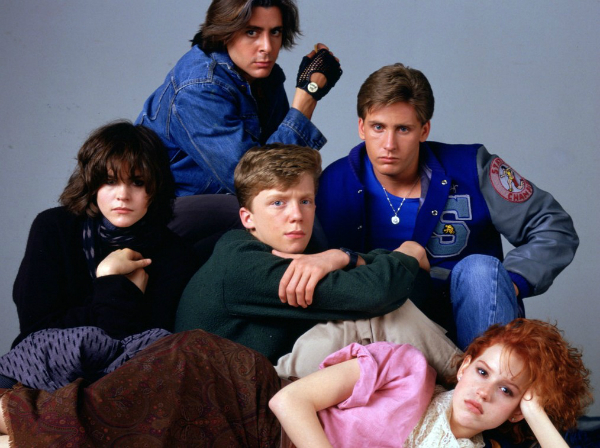
While today’s entertainment sources a lot of inspiration from Brat Pack Cinema, especially the high school-coming-of-age era of Brat Pack Cinema, we have to be very aware that we do not fall into the trap of embracing multifaceted male characters and yet only providing a Princess/Oddball dynamic with female characters. Not all of us fall into The Brain, The Athlete, The Basket Case, The Princess, and The Criminal, and while we can look to Brat Pack Cinema for inspiration to create new projects for our generation and generations to come, archetypes are suggestions, not the end-all be-all for characters in entertainment.
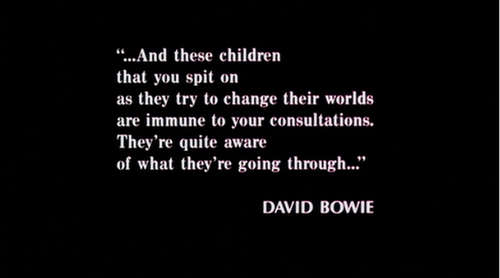
Whatever the Brat Pack actors did with their fame in real life does not reflect the impact they ingrained on our culture. They helped put a face and a voice to teen struggles. These talented young actors gave teenagers an identity and platform for their problems that will stand the test of time. We will always thank the Brat Pack for that.
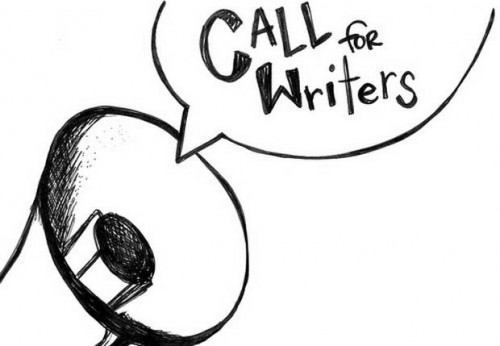
The infamous Brat Pack of the 80s was and remains a huge cultural phenomenon. A term inspired by the Rat Pack of the 5os and 60s, the Brat Pack immortalized a group of young actors whose films had a tendency to overlap. Though the actors themselves disliked the moniker and some complained it hurt their careers, the term stuck.
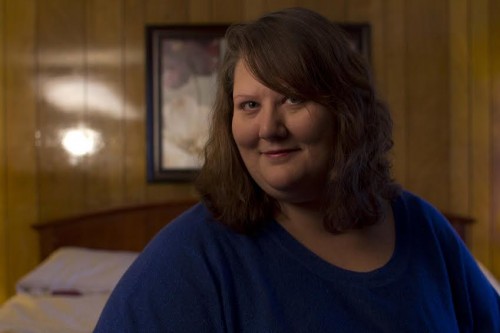
Female characters are often filler, like the cartilage that goes into hot dogs, with no real meat on their bones. They stand in the doorway, boxed in the jam, never truly inhabiting the whole room. Why? Why are female characters relegated to the margin? Maybe because studios believe men go to the movies more than women. Maybe because the industry spends time and money making action figures and toy guns for boys, whose mothers are trying to teach them that violence is always unacceptable, especially toward women. We have got to stop feeding this system.
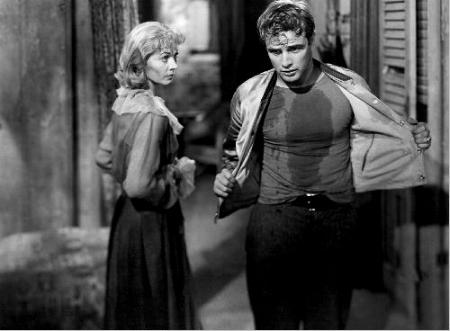
Check out all of the posts for Representations of Female Sexual Desire Theme Week here.
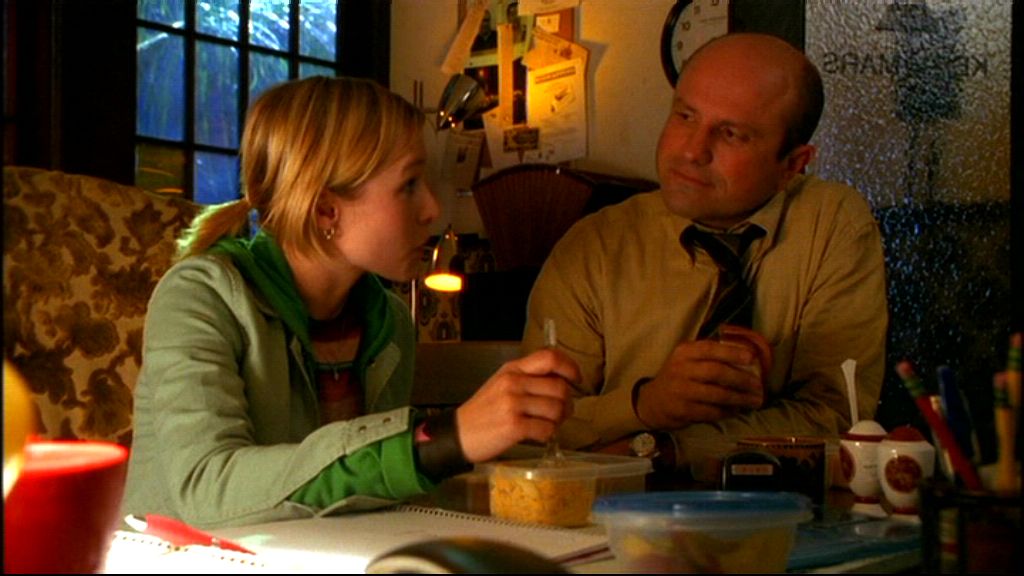
Mainly though, the movie’s release has reminded us of all the supposedly simple and universal the show portrayed so well, the things that shouldn’t be notable in today’s movies and TV, but somehow are: a platonic male-female relationship, a strong friendship between teen girls who never came to blows over looks or boys, a willingness to hold its heroine accountable for her flaws, and above all, an amazing father-daughter relationship.

Check out all of the posts for Child and Teenage Girl Protagonists Theme Week here.
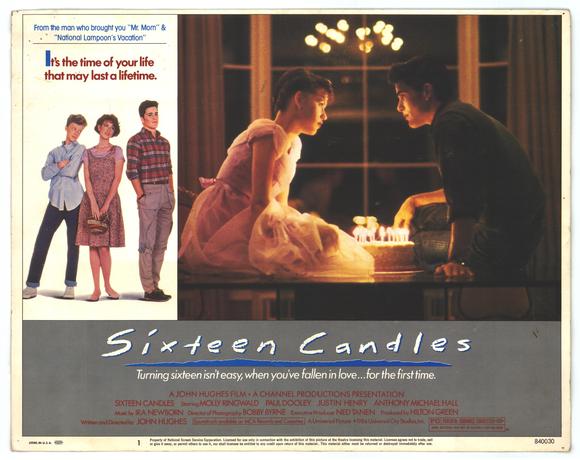
So, these are the important things in Sixteen Candles: Samantha’s family forgets her birthday; she’s in love with a hot senior who’s dating Caroline (the most popular girl in school); and there’s a big ol’ geek (Farmer Ted) from Sam’s daily bus rides who won’t stop stalking her. Oh, and Long Duk Dong exists [insert racist gong sound here]. Seriously, every time Long Duk Dong appears on screen, a fucking GONG GOES OFF on the soundtrack. I suppose that lines up quite nicely with the scene where he falls out of a tree yelling, “BONSAI.”
Since the entire movie is like a machine gun firing of RACIST HOMOPHOBIC SEXIST ABLEIST RAPEY parts, the only way I know how to effectively talk about it is to look at the very problematic screenplay. So, fasten your seatbelts and heed your trigger warnings.
The 80s were quite possibly a nightmare.
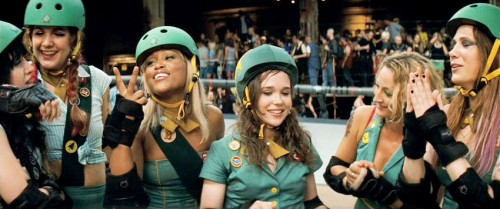
The expectations for girls in film and television are incredibly mixed. It is naïve to say that girls nowadays are just expected to be a sexy sidekick or afterthought. With more strong female roles popping up in bigger budget films such as Harry Potter and The Hunger Games, there is the expectation that girls should also be intelligent and incredibly clever (while also being visually pleasing). I love Harry Potter and The Hunger Games for giving women these intense and interesting character traits. However, I remember thinking after I saw/read the series, “Wow, I’m not nearly as clever as Hermione and could never be as brave as Katniss.” There isn’t really a place for the all-around average girl. The first two examples of strong female protagonists that I could think of are in fantasy franchises. Are real female characters really that difficult to come up with? Real female characters are often created with good intentions but tend not to work on a larger scale.

We thought it might be a fun note to end the year on, with the exploration of films like Harry Potter and Matilda, while also taking a closer, more serious look at portrayals of adolescence and girlhood in films and TV. Some questions to think about include, what are Hollywood’s expectations of girls and teenage girls in films and TV? And how do those expectations feed into the public’s acceptance of a teenage girl’s sexuality, for instance. Further, how might a girl character impact a young girl who’s viewing her on screen?
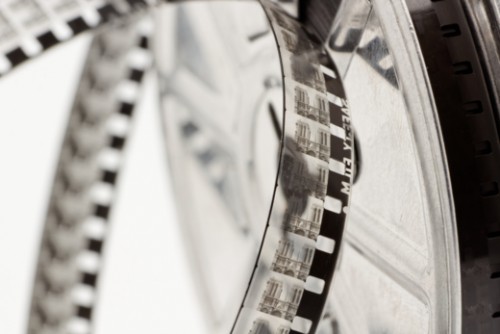
Here are some game-changing cult classics, divided into handy genre sections. And while we’re looking at the influence of these cult films, why not check out how they portray and treat women? Almost entirely coincidentally, they’re all from the ‘80s. What can I say? It was a culturally rich period.
# 50/50 5 Broken Cameras 500 Days of Summer 45 Years The 40-Year-Old Virgin 4 Months 3 Weeks and 2 Days 9 to 5 1971 101 Dalmations 127 Hours 10 Days in a Madhouse 10,000 km 3 1/2 Minutes, Ten Bullets 300: Rise of an Empire 12 Years a Slave 28 Days Later A Abuse … Continue reading “Film Directory”










